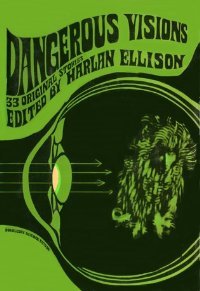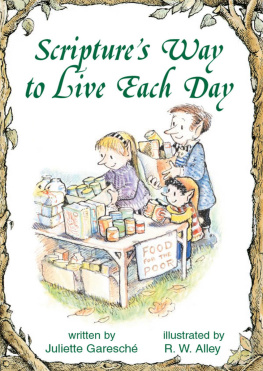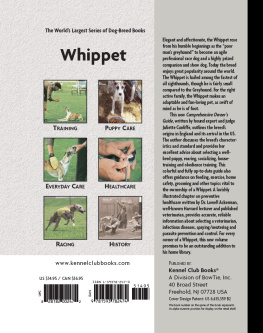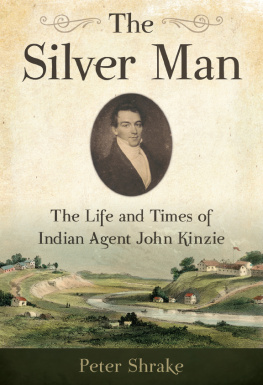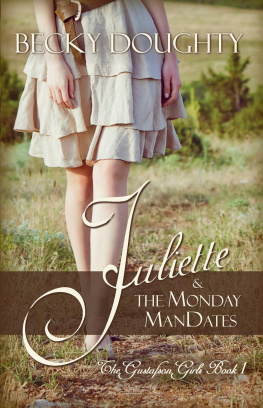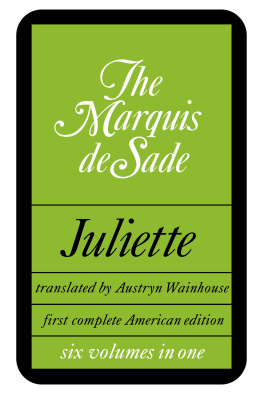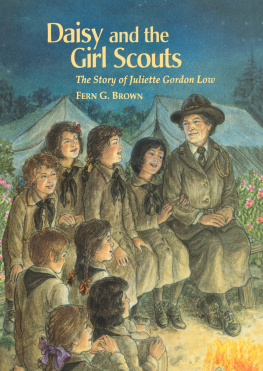
Belle and Bob La Follette: Partners in Politics
Blue Jenkins: Working for Workers
Caroline Quarlls and the Underground Railroad
Casper Jaggi: Master Swiss Cheese Maker
Cindy Bentley: Spirit of a Champion
Cordelia Harvey: Civil War Angel
Cris Plata: From Fields to Stage/Del Campo al Escenario
Curly Lambeau: Building the Green Bay Packers
Dr. Kate: Angel on Snowshoes
Electa Quinney: Stockbridge Teacher
Father Groppi: Marching for Civil Rights
Gaylord Nelson: Champion for Our Earth
Harley and the Davidsons: Motorcycle Legends
John Nelligan: Wisconsin Lumberjack
Joyce Westerman: Baseball Hero
Les Paul: Guitar Wizard
Lucius Fairchild: Civil War Hero
Mai Yas Long Journey
Mary Nohl: A Lifetime in Art
Mountain Wolf Woman: A Ho-Chunk Girlhood
Ole Evinrude and His Outboard Motor
A Recipe for Success: Lizzie Kander and Her Cookbook
Richard Bong: World War II Flying Ace
Tents, Tigers, and the Ringling Brothers

Frontier Storyteller
KATHE CROWLEY CONN
WISCONSIN HISTORICAL SOCIETY PRESS
Published by the Wisconsin Historical Society Press
Publishers since 1855
2015 by the State Historical Society of Wisconsin
E-book edition 2015
For permission to reuse material from Juliette Kinzie: Frontier Storyteller (ISBN 978-0-87020-701-3, e-book ISBN 978-0-87020-702-0), please access www.copyright.com or contact the Copyright Clearance Center, Inc. (CCC), 222 Rosewood Drive, Danvers, MA 01923, 978-750-8400. CCC is a not-for-profit organization that provides licenses and registration for a variety of users.
wisconsin history .org
Photographs identified with WHi or WHS are from the Societys collections; address requests to reproduce these photos to the Visual Materials Archivist at the Wisconsin Historical Society, 816 State Street, Madison, WI 53706.
Front cover: This portrait of Juliette was painted by the artist G. P. A. Healy when Juliette was about 50 years old, around the time Wau-Bun was published. Reprinted with permission from Girl Scouts of the USA.
19 18 17 16 15 1 2 3 4 5
The Library of Congress has cataloged the printed edition as follows:
Conn, Kathe Crowley.
Juliette Kinzie : frontier storyteller / Kathe Crowley Conn. 1st edition.
1 online resource. (Badger biographies)
Includes bibliographical references and index.
Audience: Grades 4-6.
Description based on print version record and CIP data provided by publisher; resource not viewed.
ISBN 978-0-87020-702-0 (e-book) ISBN 978-0-87020-701-3 (pbk. : alk. paper) 1. Kinzie, John H., Mrs., 1806-1870. 2. Frontier and pioneer lifeWisconsinJuvenile literature. 3. Pioneer womenWisconsinBiography. 4. Indian agentsWisconsinBiographyJuvenile literature. 5. Ho Chunk IndiansJuvenile literature. 6. WisconsinBiographyJuvenile literature. I. Title.
F584
977.503092dc23
[B]
2014044761

To Juliette and the quest for adventure in every young
persons life; and to my husband Jeff and daughters
Sarah and Emily for going along with the ride.

Contents

Meet Juliette

Imagine moving to a new place far away from home. What if you didnt have the things that help you feel comfortable and safe? How would you feel if the land and people were so different that you needed guides and to help find your way?
In the early 1800s, Juliette Magill Kinzie grew up in a comfortable home in Connecticut (kuh net uh kuht). As a young girl, Juliette dreamed of adventure. When Juliette was 24 years old, she moved to a place called Fort Winnebago (win uh bay goh), in a land once known as the . Part of this land would later become Wisconsin.
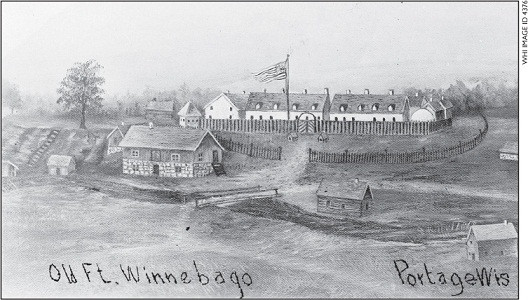
A postcard showing what Fort Winnebago looked like in 1834
Wisconsins History as a US Territory
The large area known as the Northwest Territory included all or parts of 5 present-day states: Indiana, Illinois, Michigan, Wisconsin, and Minnesota. Over time, people began to move from the settled East Coast to these new territories. As people moved in, the names used to describe the land began to shift.
Wisconsin was one of the last areas in the Northwest Territory to be settled. During this time, Wisconsin was known by many different names.
In 1800, the land we now call Wisconsin was part of the Indiana Territory. In 1809, the boundaries shifted and the land was part of the Illinois Territory. In 1818, after Illinois became a state, the boundaries shifted again. What we call Wisconsin today became part of the Michigan Territory.
When Juliette arrived in 1830, Fort Winnebago was part of the Michigan Territory. In 1836, as the population grew, it became known as the Wisconsin Territory. Then in 1848, 18 years after Juliette arrived, Wisconsin officially became a state.
Juliette arrived at Fort Winnebago in 1830. There were few towns or roads on the we enjoy today. Imagine looking out your bedroom window and seeing nothing but forests or prairie for as far as you could see. Your nearest neighbor might live many miles away.
This is what the land looked like to Juliette. It was a place where people had to protect themselves from the weather and wild animals. They had to grow or hunt most of their food. And they had to depend on the help of other people to survive.
who worked at Fort Winnebago. Very few female settlers lived on the frontier in 1830. But Juliette was excited by the promise of new lands and adventures.
When Juliette arrived, she believed the frontier would be wild and unsettled. But she quickly learned the land had been home to Indian peoples for thousands of years.
Juliette and John moved to the frontier during a very troubling time. In the 1830s, the US government was removing Indians from their lands so the United States could , and love of the land. And she came to believe they had the right to practice their own beliefs and ways of life.
Juliette and John lived at Fort Winnebago for only 3 years. But it was a time of great change. The landscape as Juliette knew it was beginning to disappear, as new towns and roads were built. And the ways of life for both Indians and settlers were quickly changing, too.
Juliette knew she was witnessing an important part of history. She wanted to make sure no one forgot about the lives of the Indians and settlers. She knew it was important to share her story in her own words: what she saw, what she thought, and what she learned. She wanted other people to learn from her experiences.



